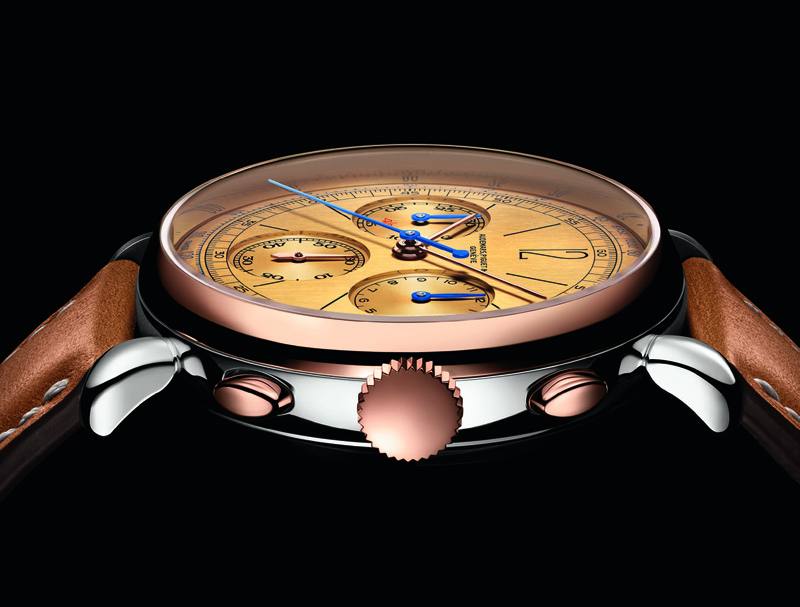Tell us why everyone should own an Audemars Piguet watch.
When our company was founded in 1875, the Swiss watchmaking sector had started its first industrialisation phase. Threatened by the American industry, the watchmakers built large mechanised factories to produce thousands of standardised timepieces. Meanwhile, our founders Jules Louis Audemars and Edward Auguste Piguet decided to follow their convictions and to craft unique pieces, most of which were equipped with complications. This original philosophy still guides us today. We are the oldest Manufacture still owned by the founding families. Thanks to this independence, we are free to trace our own path, and we have chosen to be guided by a longterm vision. We perpetuate and pass on traditional craftsmanship to the next generations, while constantly reinventing ourselves and making uncompromising choices. Our aim is not only to create extraordinary watches, but to foster the numerous talents in the company. Our strength is the people.
What plans do you have or are you developing to draw visitors to the museum, and especially in the case of Middle Eastern clients / fans of the brand?
Since the beginning of the project, our dream has been to offer each visitor an unforgettable experience. A guide will accompany the visitors and they will be in connection with our craftsmen, in a journey rhythmed by playful and didactic animations.
I enjoy travelling to the Middle East, mainly because the people of this region are still deeply attached to family values, friendship, human relations and have a wonderful sense of hospitality. In our Musée Atelier we share this sensitivity to human qualities, the tour is rhythmed by several family histories, as well as masterpieces of design, crafts and technicity, which I am confident will be highly appreciated by our Middle-East visitors.
Tell us an interesting fact about yourself that we’d be surprised to hear.
I love working on dozens of projects implying various people, including watchmakers, cabinetmakers, collectors, artists, architects, graphic designers, light engineers, museographers, digital specialists, publishers, journalists, guides, filmmakers… all animated by the same energy to create extraordinary projects. I find it highly motivating to see how an idea transforms into reality thanks to people’s enriching input and collaboration. But what fuels my motivation every day is the positive energy given by our clients, collectors, brand aficionados, when they discover and enjoy our projects, and especially our watches. This is the best reward.

